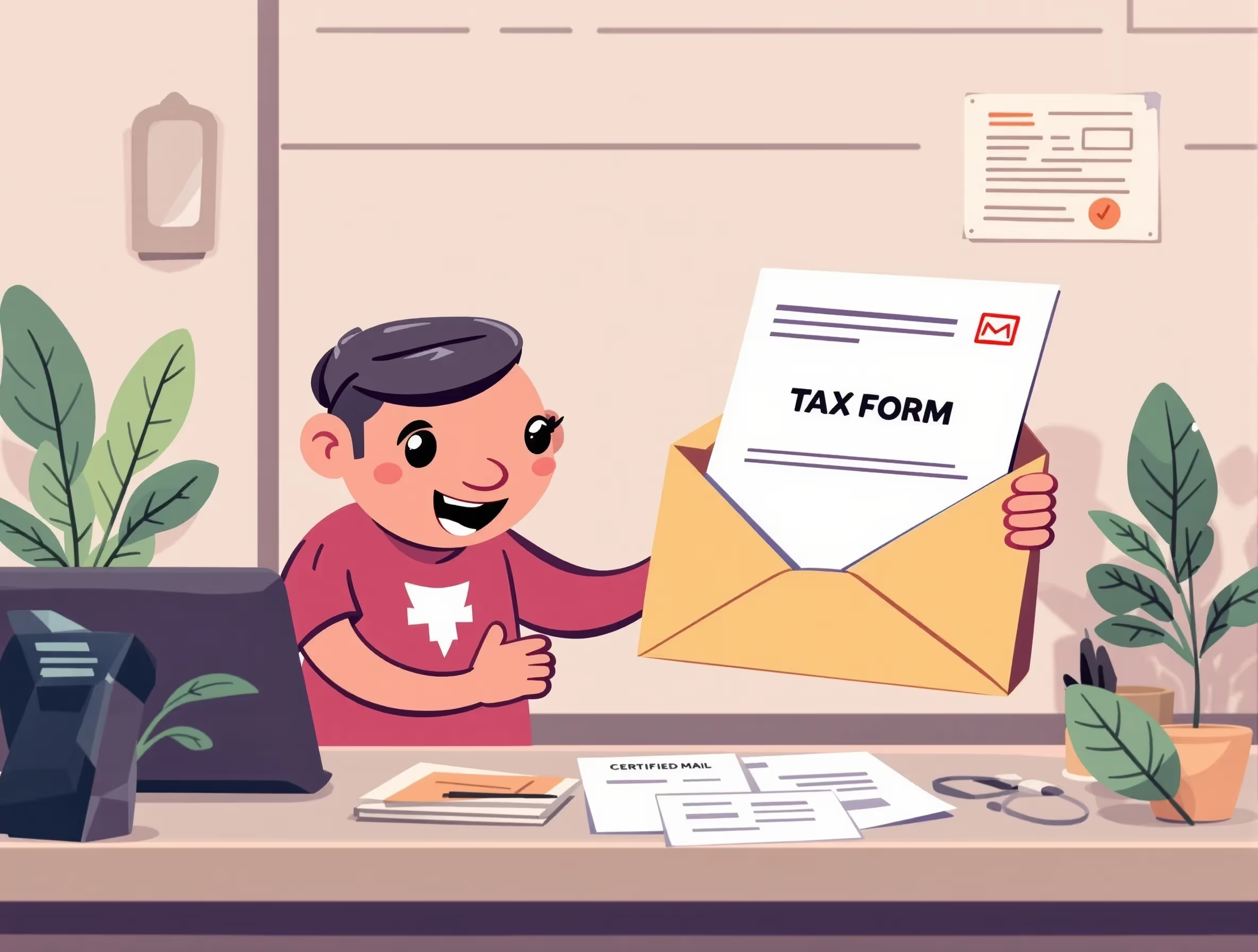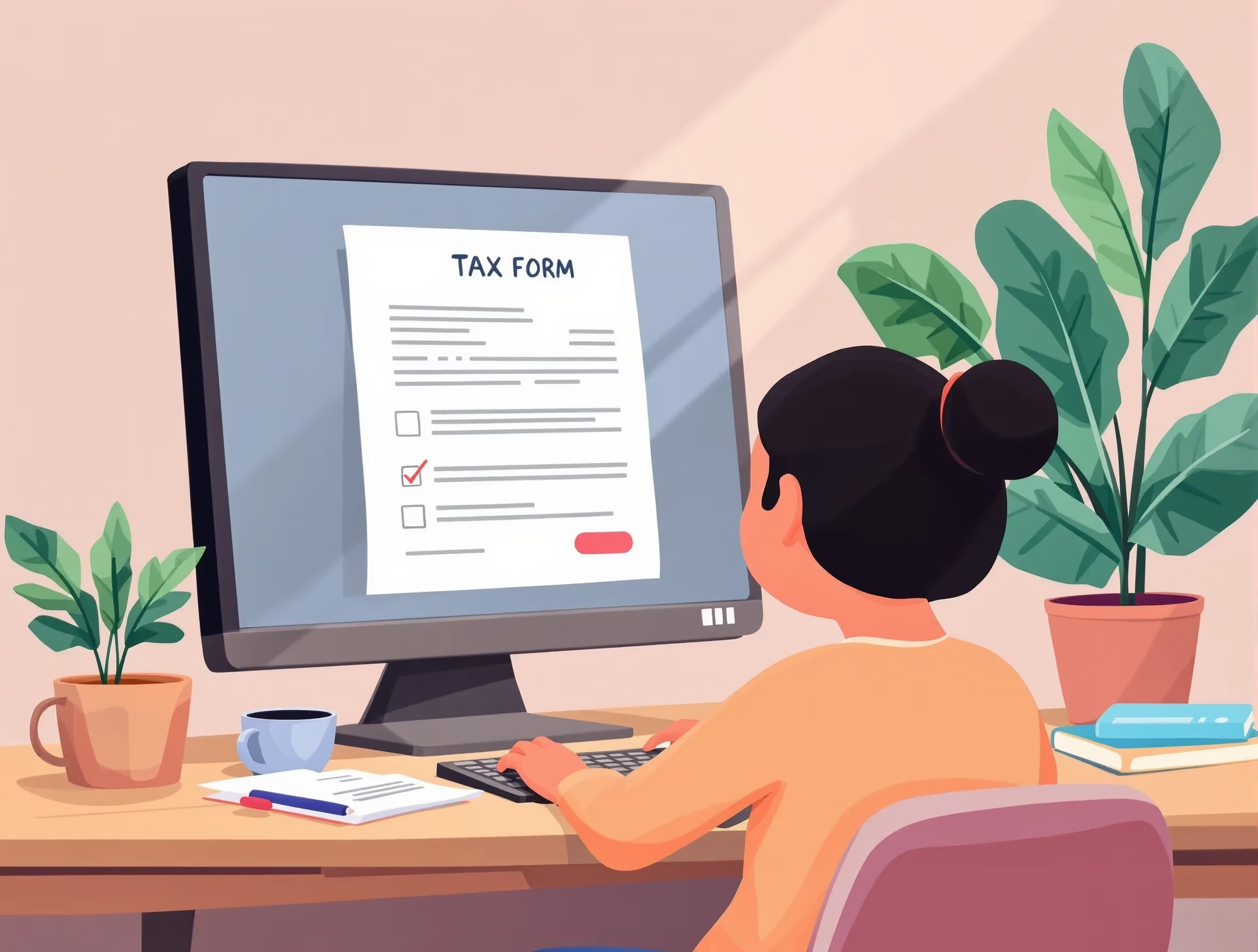
What Form 8886 (2017) Is For
Form 8886 (2017) serves as the Internal Revenue Service’s primary tool for monitoring reportable transactions. The form ensures transparency in activities that may provide a tax benefit or involve a potential tax avoidance transaction. It applies to individuals, corporations, partnerships, and tax-exempt organizations that participate in specified financial arrangements.
The disclosure requirement identifies reportable transactions, including listed transactions, confidential transactions, and contractual protection arrangements. It also covers transactions that may involve material advisors or tax-exempt entities benefiting from questionable deductions. Completing this form demonstrates compliance with federal income tax regulations and helps prevent the use of abusive tax shelters.
When You’d Use Form 8886 (2017)
Taxpayers must file Form 8886 when they participate in a reportable transaction that could affect federal income tax purposes. The form must accompany each tax return year in which the taxpayer benefits from or claims deductions through that transaction. Filing ensures that the Internal Revenue Service receives full disclosure of the activity.
Timing and Filing Circumstances
Form 8886 applies to original filings, amended returns, and transactions later classified as listed or reportable. Taxpayers must also file when transactions generate losses that meet IRS thresholds. Proper and timely submission demonstrates compliance and supports accurate tax shelter analysis by the IRS.
Key Rules or Details for 2017
The Internal Revenue Service established specific filing requirements for the 2017 version of Form 8886. These rules ensure that taxpayers wholly and accurately disclose every reportable transaction. Each point below outlines a key element of compliance.
- Listed Transactions: Taxpayers disclose their participation in transactions that the Internal Revenue Service identifies as potentially abusive under federal income tax regulations.
- Confidential Transactions: Filers report transactions in which advisors restrict information sharing or include confidentiality clauses in the agreement.
- Contractual Protection: Disclosure applies when a participant becomes entitled to fee refunds or contingent benefits based on specific tax outcomes.
- Loss Transactions: Reporting thresholds apply when individual losses reach $2 million and corporate losses reach $10 million.
- Dual Filing: Taxpayers send a copy of Form 8886 to the Office of Tax Shelter Analysis for additional review.
Step-by-Step (High Level)
Filing Form 8886 requires a structured process for compliance. Each step below outlines how taxpayers must disclose reportable transactions to meet federal income tax obligations. Following these steps ensures accuracy and transparency in reporting.
- Determine Eligibility: The taxpayer determines whether the activity qualifies as a reportable transaction or involves a potential tax avoidance transaction.
- Collect Information: The filer gathers all relevant details regarding property or service contracts, material advisors, and contractual protection agreements.
- Complete the Form: The taxpayer provides a full explanation for each transaction and the claimed tax benefit.
- Submit Properly: The filer attaches Form 8886 to the tax return and sends a copy to the Office of Tax Shelter Analysis.
- Maintain Records: The taxpayer keeps documentation available for reference during an Internal Revenue Service review.
For more detailed instructions on federal tax forms, check the IRS Form Help Center.
Common Mistakes and How to Avoid Them
Taxpayers often face issues when preparing the Form 8886 Reportable Transaction Disclosure Statement 2017. Understanding these errors and their solutions helps maintain compliance with federal income tax requirements. The points below explain both the mistakes and practical ways to prevent them.
- Incomplete Disclosures: Many filers omit key details, such as the names of material advisors or detailed descriptions of transactions. Taxpayers can prevent this issue by reviewing every field and providing complete, factual explanations.
- Missing OTSA Submission: Some taxpayers forget to send a copy to the Office of Tax Shelter Analysis, which can be prevented by including the OTSA mailing or fax step in their filing checklist.
- Incorrect Threshold Calculations: Misreporting losses often leads to penalties; therefore, filers can prevent errors by confirming all figures using IRS reporting thresholds before submitting their forms.
What Happens After You File
After taxpayers submit the Form 8886, the Internal Revenue Service begins its review process. The Office of Tax Shelter Analysis evaluates each submission in accordance with current and proposed income tax regulations. The agency may request clarification for transactions involving leasing companies, employment taxes, or foreign tax purposes.
The IRS may assess penalties for incomplete or incorrect disclosures involving taxpayers or material advisors. Certain listed transactions and abusive tax shelters may be subject to additional compliance verification under the Internal Revenue Code. Maintaining organized records supports federal income tax audits and ensures long-term transparency in reporting.
Frequently Asked Questions
What is the Form 8886 used for?
Form 8886 is used to disclose reportable transactions for federal income tax purposes. It helps the Internal Revenue Service identify potentially abusive tax shelters and transactions that involve tax avoidance. Accurate reporting ensures compliance with income tax regulations and prevents taxpayers from improperly claiming federal income benefits.
Who must file a Reportable Transaction Disclosure Statement?
Individuals, corporations, partnerships, and any tax-exempt entity participating in a reportable transaction must file this disclosure. Entities that engage in syndicated conservation easement transactions, corporation tax shelter transactions, or confidential transactions are also required to report. Filing helps maintain transparency in transactions, which can result in tax benefits.
What types of transactions are considered reportable transactions?
Reportable transactions include listed transactions, prohibited tax shelter transactions, and those involving contractual protection. They may also include arrangements involving leasing companies, welfare benefit funds, or multiple employer welfare funds. Each transaction that provides a tax benefit or involves potential tax avoidance must be reported to the relevant tax authorities.
What happens after submitting the Form 8886?
The Office of Tax Shelter Analysis reviews each reportable transaction disclosure statement under temporary income tax regulations and proposed income tax regulations. The IRS may request additional details on property or service contracts, employment tax benefits, or foreign tax purposes. This tax shelter analysis ensures compliance with the Internal Revenue Code and identifies abusive transactions.
What penalties apply for failure to disclose reportable transactions?
Taxpayers and material advisors who fail to disclose reportable transactions may face significant penalties. The IRS may assess fines for each undisclosed listed transaction or corporation tax shelter transaction. Maintaining full disclosure of reportable transactions helps avoid penalties and ensures compliance with federal tax laws.
























